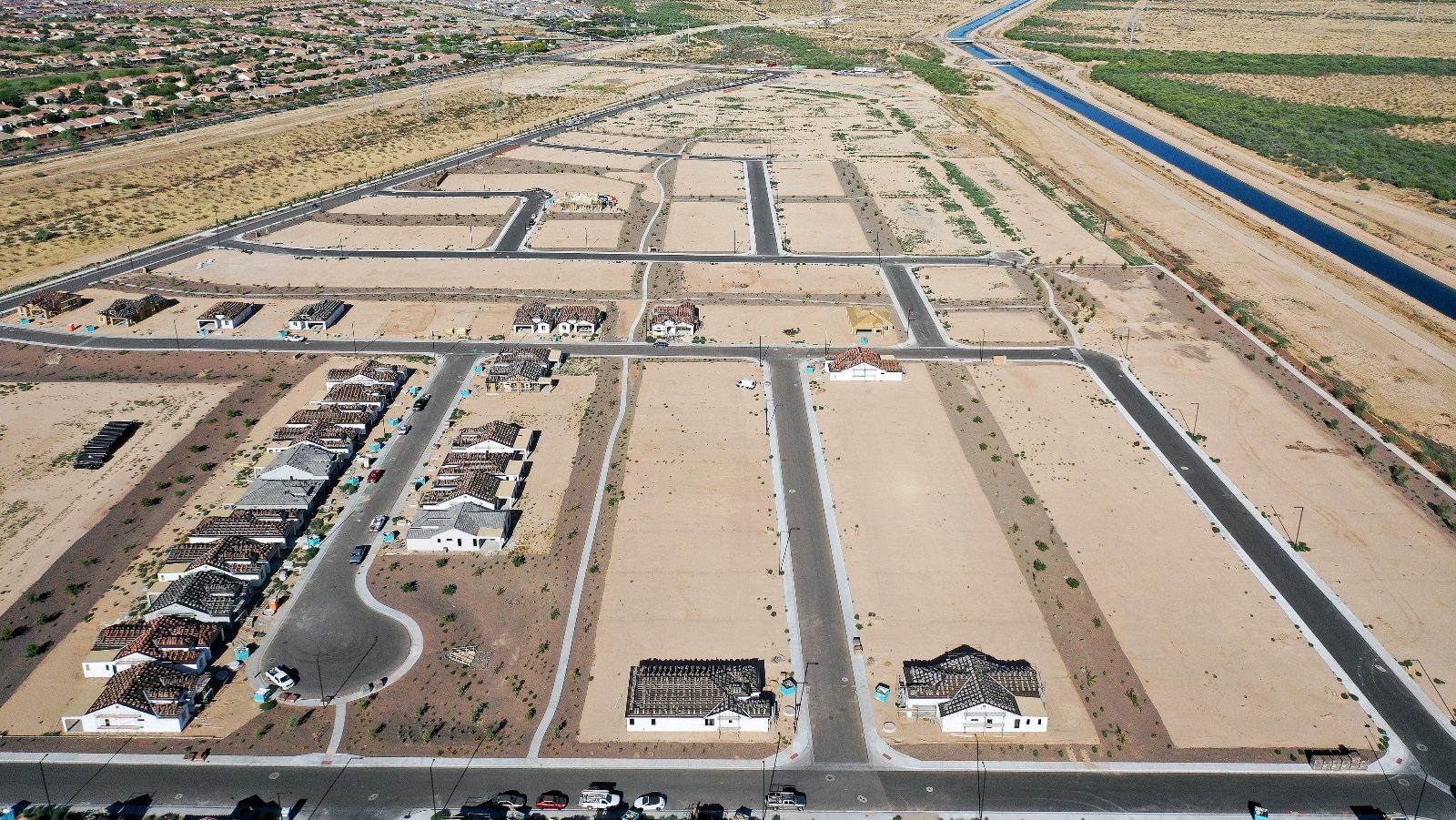When a small Arizona community called Rio Verde Foothills lost its water supply one year ago, forcing locals to skip showers and eat off paper plates, it became a poster child for unwise desert development. The rural neighborhood of about 2,000 people north of Phoenix had relied on trucked-in water deliveries from the nearby city of Scottsdale, but the city elected to stop deliveries to conserve its own water amid a climate-fueled drought on the Colorado River.
Last month, after months of public debate over how to resolve the crisis in Rio Verde Foothills, the state government approved a deal that will restore permanent water access to the beleaguered community, albeit with much higher bills than residents are used to. But when the new legislative session begins next week, the Republican-led chamber may actually weaken the standards that govern new development, rather than tightening them, clearing the way for thousands more homes to pop up on water-insecure outskirts of Phoenix and Tucson.
“The broader solutions are tougher, and people may not be ready to contemplate what really fixing the problem would require,” said Priya Sundareshan, a Democratic state senator who represents part of Tucson.
When Arizona developers build six or more homes on a tract of land, they have to demonstrate that they can supply water to those homes for at least a hundred years. This rule exists to protect home buyers from the kind of land fraud that was notorious in the state for decades, but over time some landowners have found a way around it. The developers of so-called “wildcat” subdivisions split large parcels of land into smaller chunks and sell hundreds of those chunks off one by one, skirting the requirement to ensure a long-term water supply.
Rio Verde Foothills is one such subdivision. Many residents of the neighborhood have residential wells that pump water from underground. But because there isn’t much water in the area’s aquifers, many others rely on trucks that deliver water from the city of Scottsdale, which has rights to water from the Colorado River. When Scottsdale shut off the water last year, Rio Verde had nowhere to turn for substitute supplies: There was no spare groundwater, and all the water from the Colorado River was spoken for. Locals who found alternate water haulers had to pay monthly bills that were larger than their mortgage payments.
As the media frenzy around Rio Verde Foothills reached a fever pitch last summer, the state legislature passed a bill that forced Scottsdale to provide water to the neighborhood through 2025. A few months later, a state regulator approved a long-term agreement between the community and a large utility called Epcor, which agreed to build a new water standpipe in the neighborhood and import a new water supply from elsewhere in Phoenix. Rio Verde Foothills residents will pay for the $12 million project through water bills that could be double or triple current rates. The deal also limits future growth in the neighborhood, allowing for just 150 additional homes to access the standpipe.
“It’s been an exhausting, exhausting fight for this community, and people are not happy with how much it costs,” said John Hornewer, a Rio Verde resident who runs the neighborhood’s largest water hauling company.
But the state legislature’s fix doesn’t address the larger problems presented by wildcat subdivisions. While Democrats and some Republicans in the legislature sought to add language that would have limited when and how developers can exploit the wildcat loophole, they couldn’t get enough support to send it to the governor’s desk. Democratic Governor Katie Hobbs initially held out for a fix to the loophole — she vetoed an initial bill in May that didn’t tackle the wildcat issue — but she ultimately signed a Rio Verde-focused bill that reached her desk the following month, acknowledging that the neighborhood needed immediate help.
“The bill did not do anything to fix the underlying problem,” said Sundareshan, the state senator from Tucson. “We could find ourselves with many more communities … in the same situation.”
read more: https://grist.org/housing/arizona-rio-verde-foothills-water-wildcat-subdivisions/


Imma take the opposite tack. Let them build! Hell, go nuts, go absolutely ape shit. Let the suckers buy it. But ZERO public funds go towards bailing them out. Find a way to get your own damned water, and not by tapping public waterways, or get fucked. And that especially includes farms.
We can’t make laws to cover every sort of human stupidity. This is the sort of foolish regulations conservatives rail about, or used to… This isn’t about how an established city, a capitol city like Jackson, MS or even a smaller one like Flint, MI got fucked on basic human resources. These assholes are building suburbs in a desert. I have zero care for what happens to the contractors or buyers.
I bought a couple a acres of Florida mud and swamp for my own personal playground, SHTF spot and maybe a retirement place one day. It’s totally shit land, but my inheritance covered it (mom, COVID). Guess what it has on it? Water and flora and fauna. Food and fucking water. Hell, I’m trying to figure out how to drill my own well on the cheap. How dumb do you have to be to buy land and/or build a house in an environment lacking basic human needs?!
tl;dr: No new laws needed. Let the buyers experience that rugged American spirit themselves.
(We’re pretty much on the same page OP!)
I have to say…your plans sound good until you get to Florida …it’s awful here. But there is water, but also Florida man